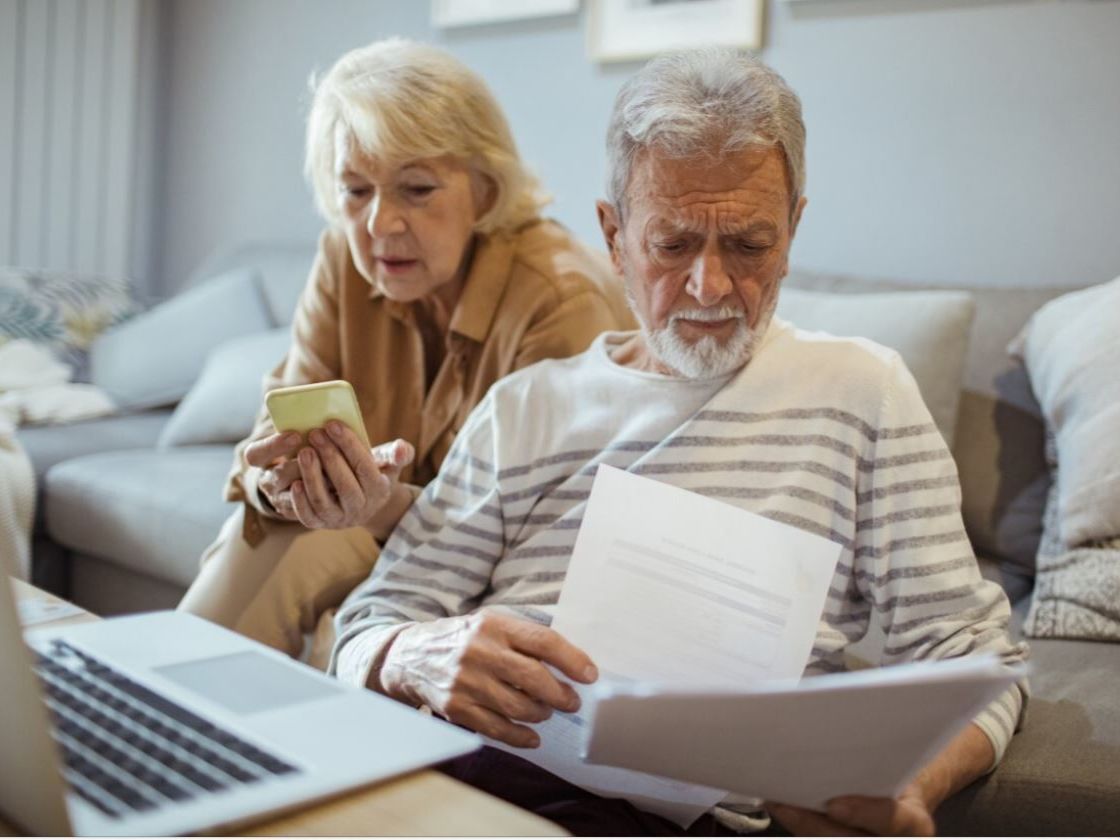Why you should track your super account
‘Set and forget’ is a mistake for superannuation, whether you’re working or retired. Here’s why.

Four out of five Australians don’t know how much we’re putting into superannuation, and many of us have no idea how much we already have squirreled away.
But there are good reasons why we should be regularly checking our retirement savings.
Your super is one of the biggest assets you’ll accumulate in your lifetime, so it’s good practice to read and understand the statements your fund sends to you at least once a year.
These provide detailed information about employer and other contributions, growth, and benefits, as well as fees and taxes.
“This is really important because a lot of the defaults are age-based,” financial advisor and author, Kate McCallum, told ABC News.
“So, if you flip over an age category, you may find that you've been automatically moved out of, let's say, a growth portfolio into a balanced and that may not be what you want."
She also recommends checking your super fund’s investment management fee.
“You don't see that investment management fee because it’s actually taken out of your investment returns,” she says, noting that the average fee is 1%.
You can complete a super health check at any time, and the Australian Taxation Office (ATO) suggests you get into the habit of doing it each year when you prepare your tax return. This ATO video takes you through the five-step processs.
To start, follow the prompts below or download the Super health check here.
The best way to complete these checks is either on ATO online services through myGov or by contacting your super fund directly. You just need a myGov account linked to the ATO.
Once you link your myGov account, you can also use the ATO app.
The steps:
Check your contact details and tax file number (TFN) are up to date with the ATO and your super fund. This helps prevent lost super and helps the ATO match unclaimed super to you. It’s also important to ensure your bank account details are up to date.
Super balance and employer contributions: The ATO says it’s important to check your super balance each year to see how much you have and keep track of your employer contributions, if you are still working. Your employer should pay your super at least every three months, although they may do so more frequently, such as your regular pay cycle. If you do not receive super contributions or the amounts are incorrect, contact your employer and request an update or report it to the ATO.
Check for lost and unclaimed super. You may have lost track of some of your super when you changed your name, address, or job, for example. This is why it’s important to ensure your fund has your current details.
Check if you have multiple super accounts and consider consolidating them. Combining your super may reduce fees and make it easier to manage.
Check your nominated beneficiary. Ensure you have a valid death beneficiary nomination in place with your super fund as this isn’t covered by your will. This means your loved ones will not be put through unnecessary difficulties to finalise your estate. Most binding nominations expire every three years, although some super funds have an option where nominations remain in place until they are revoked.
To check or nominate your death beneficiary, the ATO advises:
Refer to your super fund’s website or contact them to check if you already have a valid nomination in place.
To update it, complete the form from your super fund, sign and date in the presence of two witnesses.
If you are unsure what to do, contact your super fund or seek independent financial or legal advice from a qualified estate planner.
For additional information on the five steps, click here.
Finance reporter, Amy Sheehan, usually checks through her super fund but decided to put the ATO check to the test. Here’s what she found:
“I had already linked the ATO to my myGov account, so the process was made easier,” she says.
“I was surprised to find that I have two superannuation accounts; however, one wasn't active and had a zero-dollar balance. It also wasn't charging any fees, so I have marked it to follow up and close.
“During my super check-in I also discovered that my death beneficiary nomination had lapsed, and I needed to update it. This wasn’t a straightforward process as my fund required me to post a copy of the form, rather than email or update it online.”
This article and any links provided are for general information only and should not be taken as constituting professional advice. National Seniors Australia (NSA) is not a financial advisor. You should consider seeking independent legal, financial, taxation or other advice to check how any information provided relates to your unique circumstances.





